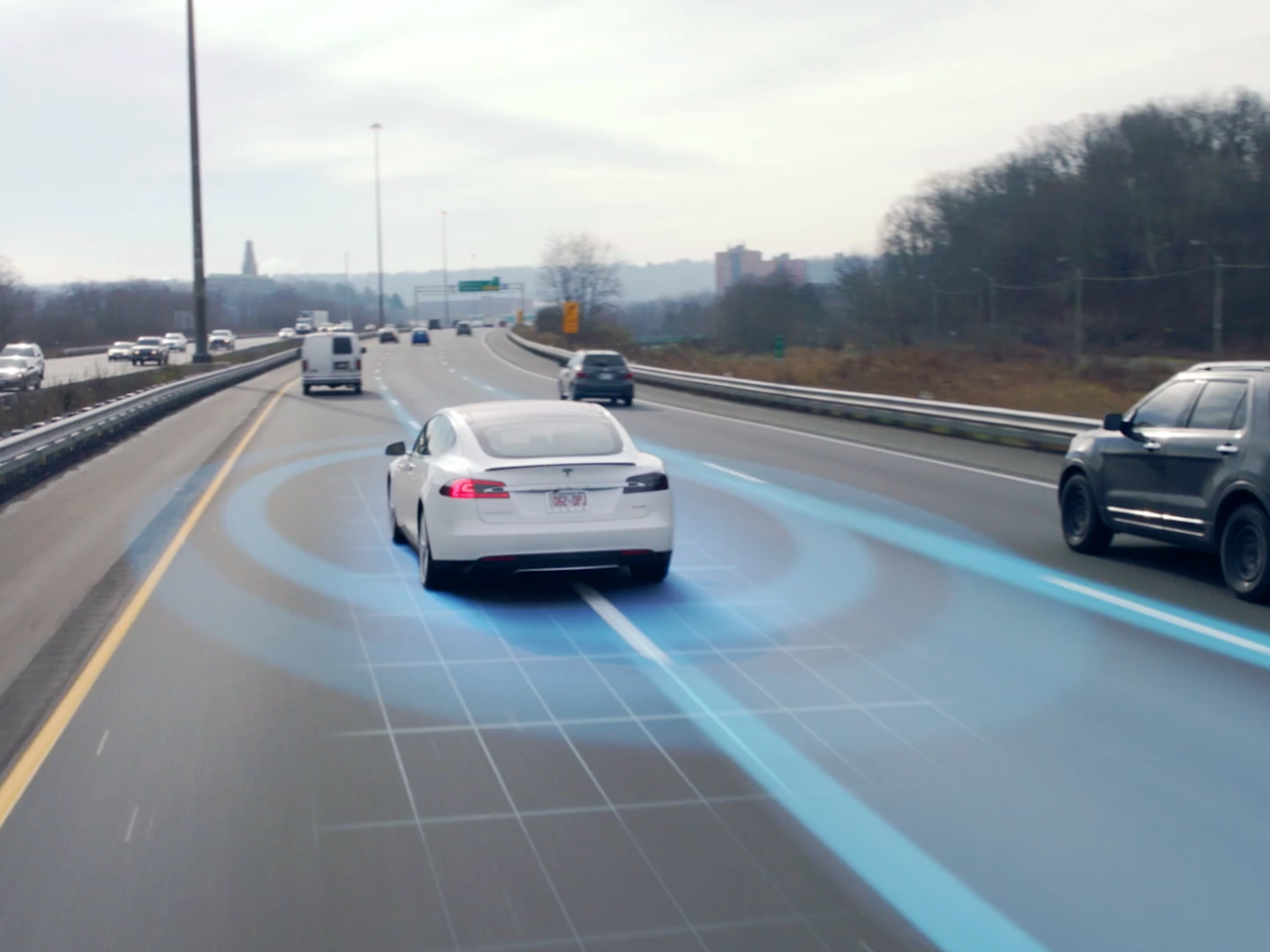Last week, we told you about a fatal crash in Mountain View, California involving a Tesla Model X. On Friday, Tesla confirmed that Autopilot was engaged at the time of the collision.
Tesla published a blog post about its findings, which suggest that the driver had taken his hands off the wheel. That kind of thing would be fine if Autopilot were a fully self-driving system, but in its current format, it’s not:
In the moments before the collision, which occurred at 9:27 a.m. on Friday, March 23rd, Autopilot was engaged with the adaptive cruise control follow-distance set to minimum. The driver had received several visual and one audible hands-on warning earlier in the drive and the driver’s hands were not detected on the wheel for six seconds prior to the collision. The driver had about five seconds and 150 meters of unobstructed view of the concrete divider with the crushed crash attenuator, but the vehicle logs show that no action was taken.
The reason this crash was so severe is because the crash attenuator, a highway safety barrier which is designed to reduce the impact into a concrete lane divider, had been crushed in a prior accident without being replaced. We have never seen this level of damage to a Model X in any other crash.
Of course, Tesla being Tesla, the company goes on to talk about how awesome Autopilot is:
Over a year ago, our first iteration of Autopilot was found by the U.S. government to reduce crash rates by as much as 40%. Internal data confirms that recent updates to Autopilot have improved system reliability.
In the US, there is one automotive fatality every 86 million miles across all vehicles from all manufacturers. For Tesla, there is one fatality, including known pedestrian fatalities, every 320 million miles in vehicles equipped with Autopilot hardware. If you are driving a Tesla equipped with Autopilot hardware, you are 3.7 times less likely to be involved in a fatal accident.
Tesla Autopilot does not prevent all accidents – such a standard would be impossible – but it makes them much less likely to occur. It unequivocally makes the world safer for the vehicle occupants, pedestrians and cyclists.
No one knows about the accidents that didn’t happen, only the ones that did. The consequences of the public not using Autopilot, because of an inaccurate belief that it is less safe, would be extremely severe. There are about 1.25 million automotive deaths worldwide. If the current safety level of a Tesla vehicle were to be applied, it would mean about 900,000 lives saved per year. We expect the safety level of autonomous cars to be 10 times safer than non-autonomous cars.
Which seems like an awful lot of bragging to include in a statement about a consumer’s death.
